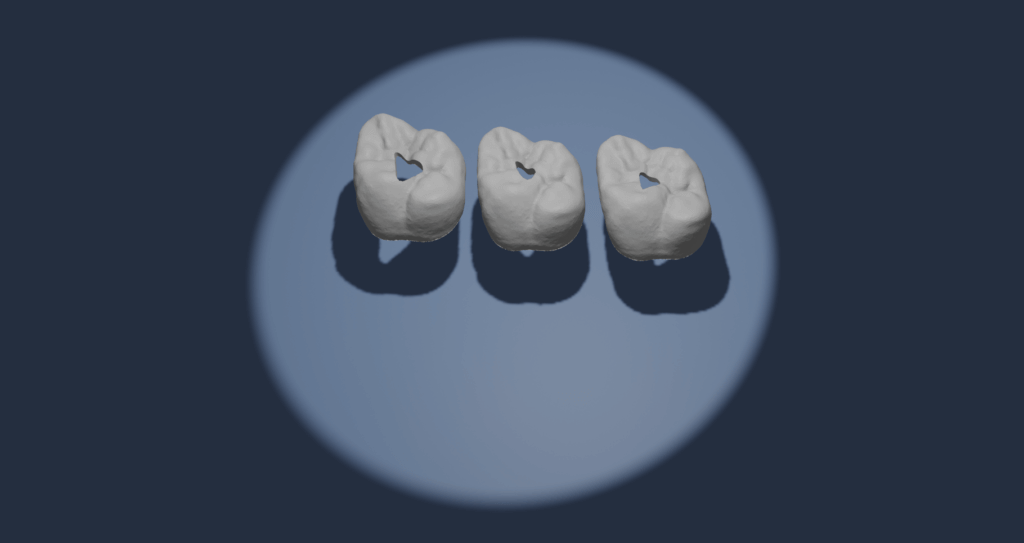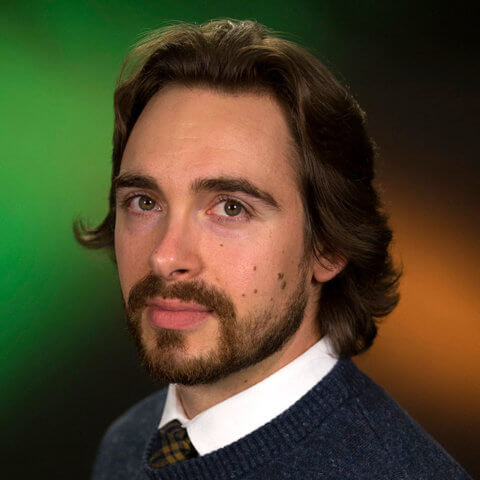This week’s makers are Donna Baldetti and Andrew Lee, who are studying in the UCSF School of Dentistry. Let’s take a look at what they made.
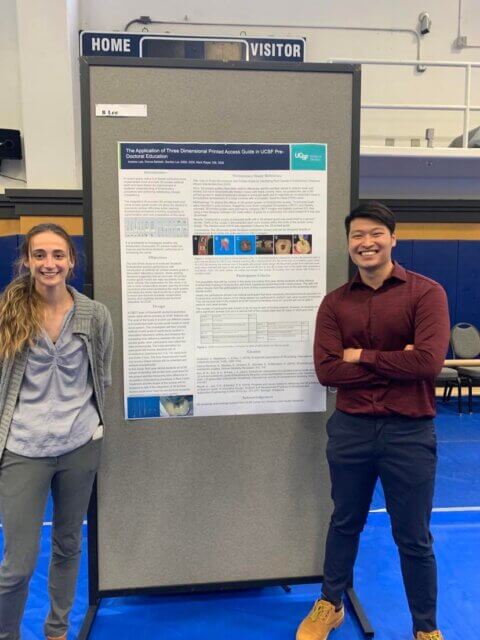
Q: What did you make?
Our research project aims to develop an endodontic access guide that will enhance pre-doctoral education at the UCSF School of Dentistry. This guide serves as a reference for determining the appropriate size of the access and provides learners with a better understanding of what it should look like when they first begin studying endodontics. Endodontics is a procedure commonly performed by dentists to remove infected tissue and seal the canal system to prevent further infection.
Q: Why did you want to make it?
We have made the decision to create an endodontic access guide based on our firsthand experience in the UCSF endodontics curriculum. During the initial stages of our education in endodontics, we observed that some of our classmates occasionally removed more tooth structure than necessary. We believe that having an access guide will not only enhance the learning experience within the UCSF curriculum but also provide students with a smoother transition into the field of endodontics.
Q: What was your process?
The creation of our endodontic access guide began with obtaining an STL file of a canal system and external tooth structure, providing us with a baseline model specific to the target tooth canal system. Instead of using a CBCT scan of an extracted tooth like other studies, we purchased the STL file from a commercial company. This decision not only saved time and resources but also ensured a high-quality reference model. Using the STL file as a starting point, we worked with Scott Drapeau at the Makers Lab to design and manufacture the access guide. By visualizing the internal tooth anatomy, the guide replicates realistic details and improves students’ understanding and decision-making skills in endodontics.
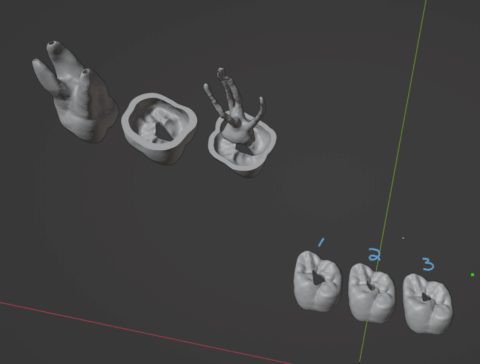
Q: What was the hardest part of the process?
The most challenging aspect of our study was finalizing the designs for the access guide, aiming to achieve the best possible outcomes for pre-doctoral learners. The process of the guide design proved to be difficult due to the delicate balance it needed to strike. On one hand, the guide opening had to indicate the “ideal access,” ensuring optimal direct access to the tooth canal system. On the other hand, it was crucial to preserve an adequate amount of tooth structure. Navigating this fine line between the ideal and non-ideal presented us with significant challenges throughout this phase of the study.
Q: What was your favorite part of the process?
Our most enjoyable aspect of the study is undoubtedly the hands-on experience of testing the access guide we have created. We felt anticipation and excitement each time we tried a new print, as we are always filled with hope that the guide will yield positive results. This process not only ignited our passion for endodontics but also reminds us of the limitless potential offered by 3D printing technology.
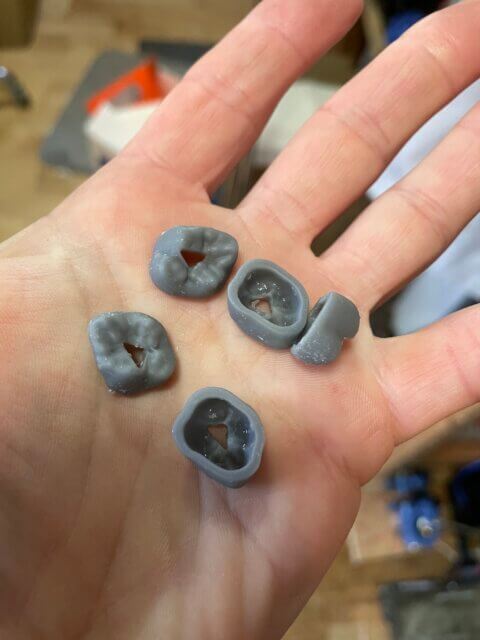
Q: What do you want to make next?
With the design phase nearly complete, we find ourselves at the cusp of finalizing our work. We eagerly anticipate that our upcoming trial will be the last model we need to perfect. As we approach the final stages of the project, we are preparing to collect and analyze the data we have gathered. This phase marks an exciting turning point, as we look forward to concluding the study on a strong note. We are optimistic about the potential for exciting results, and we are eager to share our findings with the academic and dental communities.
